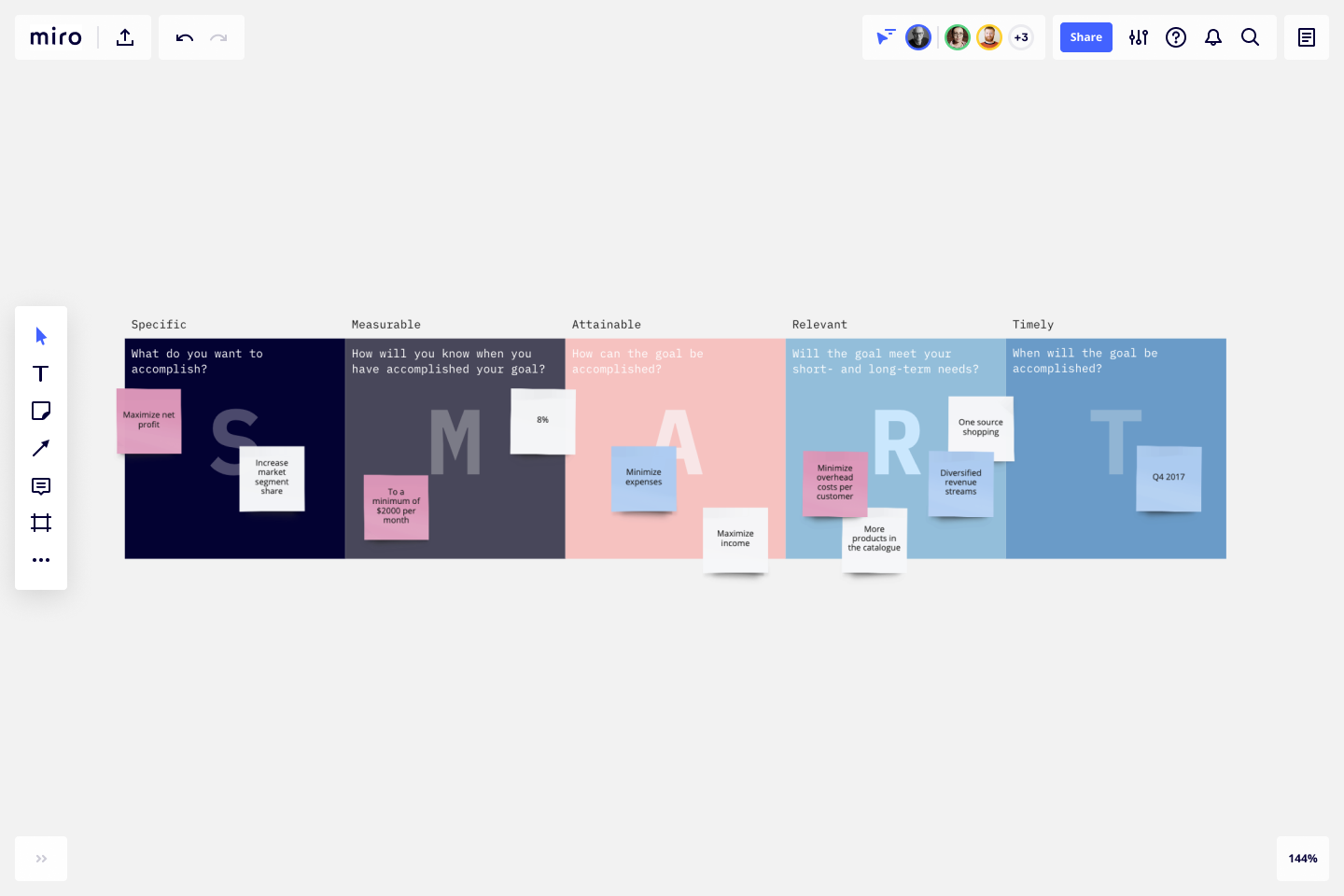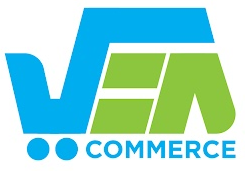
Let’s talk Purpose of a Website?
Before you start building your website, it’s a good idea to get clear on the reason you are building your website and what you want your website to achieve for your business.
What A Website Purpose Is Not
For years, the purpose of a website has been to tell people about your business. Many organizations feel they need a website “just because I heard you should,” or “because our marketing department says we need to have an online presence.” Unfortunately, just owning some real estate on the web won’t move the needle very far. Your website has to be working for you.
What A Website Purpose Is
If you want to compete on a global platform, your business can’t merely be informational. It needs to actively help you grow and achieve your business objectives. Whether that’s as a tool for lead generation, brand awareness, client retention, or all of the above. Your website should leverage your business.
A website should exist primarily as a means for growth around your UVP. It should leverage the business by serving as a tool to meet your big picture business goals.
Create S.M.A.R.T. Website Goals (Objectives)
Setting goals can be encouraging, but can also be overwhelming. It can be hard to conceptualize every step you need to take to achieve a goal, which makes it easy to set goals that are too broad or too much of a stretch.
SMART is a framework that stands for: Specific, Measurable, Attainable, Relevant, and Timely.
SMART goals, by contrast, allow you to set goals that are clear, actionable, and effective. When you’re working with a team, SMART goals help you align, encourage you to define your objectives, and empower you to set deadlines. You can loop in new employees without having to conduct extensive, time-consuming training.
Example Of An Effective SMART Goal
Our marketing team will increase brand awareness by 5% this quarter by revamping our content strategy over the next month and creating new content that improves our lagging brand awareness by the end of the quarter.
- Specific: The team has set a clear goal: to increase brand awareness by 5%.
- Measurable: The team has made it easy to measure success. If they achieve less than 5%, fail to revamp content strategy, or do not create new content, then they have not achieved their goal.
- Attainable: The team has outlined the necessary steps for achieving this goal.
- Relevant: The team acknowledges that their current brand awareness is lagging.
- Time-based: The team has determined that they will achieve their goal by the end of the quarter.
Identify Your Website Goals
If we want to have a truly successful website that generates leads and makes money, then we need to be setting goals. Good website goals are aligned with your business goals, they trickle down from the top. Bad goals are not.
Setting out to create or redesign your website without clear goals will set your site up for mediocrity.
The entire point of having someone come to your site is to get them to take some action. If you want people to take action, you need a clearly defined goal for each of your pages.
Some examples are:
- Laugh
- Inform
- Persuade
- Teach/Train
- Leave a comment
- Post something
- Review
- Join
- Subscribe
- Buy Something
- Refer
- Rate
- Schedule/Book
- Register
- Increase sales
- Becoming an authoritative resource
- Improve interaction with existing and potential customers
- Build your brand
- Drive more traffic from your audience to website
- Decrease your site’s bounce rate
- Raise your conversion rate
- Increase your email subscribers
- Increase social mentions
- Make your website more accessible
This list goes on and on. They should lead the visitor to a new level in the sales funnel. If a page is redundant or unbeneficial to your audience, don’t add it.
Let’s Talk Objectives And Key Performance Indicators (KPIs)
Objectives allow you to make your website goals a little more actionable. Objectives define strategies or implementation steps to attain the identified goals. Unlike goals, objectives are specific, measurable, and have a defined completion date. They are more specific and outline the “who, what, when, where, and how” of reaching the goals, or SMART.
A Key Performance Indicator (KPI) is a type of measure that is used to evaluate the performance of an organization against its strategic objectives.
The goal is the outcome you hope to achieve; the KPI is the measure(s) that help you understand whether you are achieving your goal. Adding KPIs make goals results-focused, measurable, and time-bound.
There is a lot of information to review, please refer to Crazy Egg for an in-depth explanation. I will highlight a few points from this aritcle:
Using some of the above examples:
- Goal: Increase sales.
Objectives: Search engine optimization, well-organized content, user-friendly site, effective calls to action, increase conversion rate. - Goal: Becoming an authoritative resource.
Objectives: Providing quality content on your website, regularly adding new information, establishing trust, marketing your site on other websites and social media. - Goal: Improve interaction with existing and potential customers.
Objectives: E-mail marketing lists, online support (live chat), webinars, and content designed to give your visitor a reason to come back. - Goal: Build your brand.
Objectives: Active social media program, promotions, reputation management.
The objectives shown above are examples; you could write completely different objectives to achieve the same goals.
Nor are they exclusive. For instance, while we mentioned “establishing trust” under “Becoming an authoritative source,” establishing trust is also a key issue to increasing sales.
More On KPI’s
it’s important to steer clear of using “vanity metrics” as KPIs.
A vanity metric is anything that makes you feel good about your site’s progress, without telling you anything important about your business.
Do you want an example of KPI? Take a look at the difference between vanity metrics and actionable metrics in the following chart.

While the metrics on the left, like pageviews and social media “likes” can help you gauge overall impressions, they don’t tell you much about how your digital marketing efforts are impacting your company’s goals.
After all, your business is trying to generate revenue — not just attract traffic.
Unfortunately, focusing on these metrics is a common mistake. Many business owners spend their time measuring metrics like overall traffic, social shares, and rankings.
Just because a metric is popular doesn’t mean that they’re the most effective.
In fact, as the chart above shows, the most successful marketers (with 10,000+ page views per month) use more advanced metrics like subscriptions, leads, comments, sales influence, and individual impact to measure their success.
These metrics give more insight into engagement and purchase behavior, so they’re much better suited to driving business results.
To be clear, there’s nothing wrong with keeping an eye on data points that aren’t directly related to your main objectives. Monitoring data points like these can still give you a general idea of what’s happening on your site.
But site visits, Google rankings, and tweets don’t necessarily translate into sales — so they shouldn’t be your main priorities.
The bottom line is that if you’re going to spend time measuring metrics, they should be metrics that matter.
